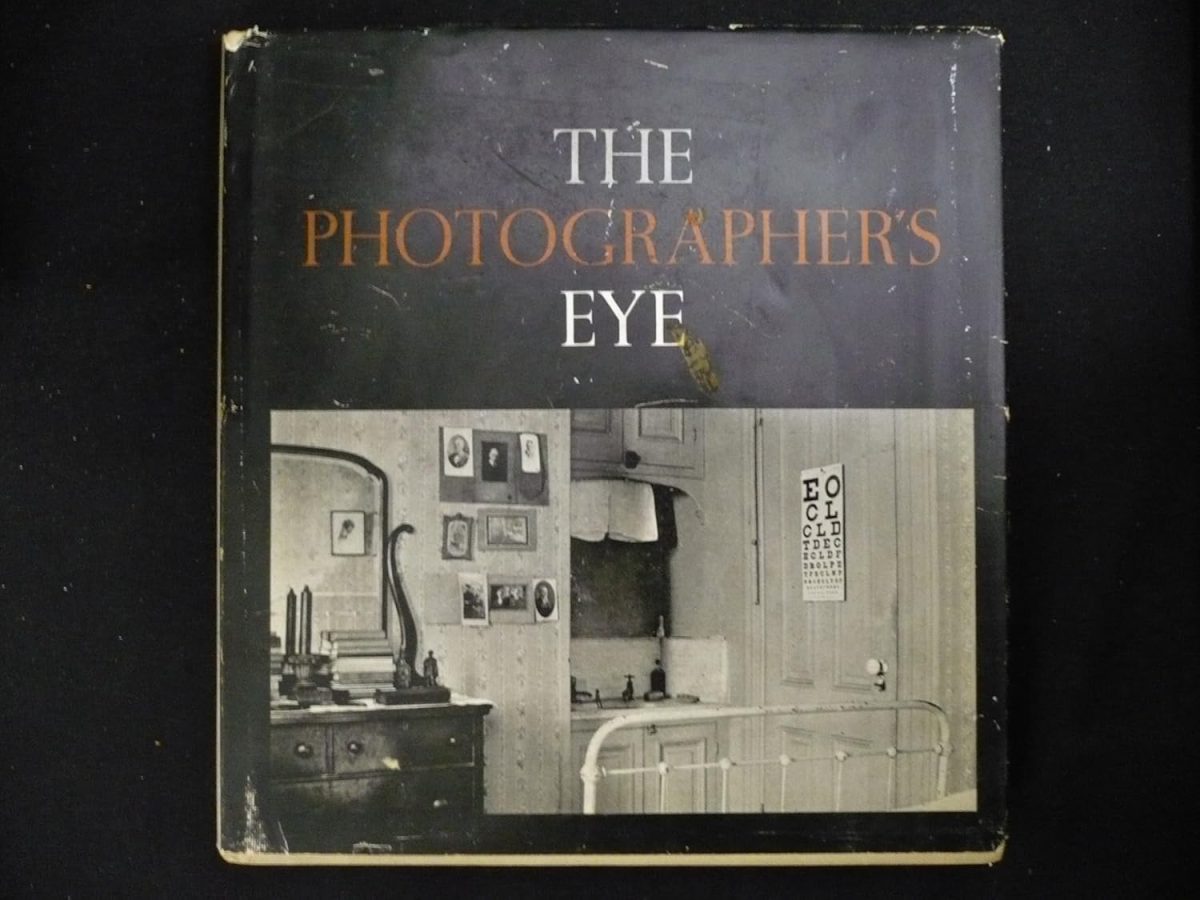A discussion about the merits, and otherwise, of ‘crits’ and ‘constructive feedback’ in Facebook groups dedicated to photography, prompted Derek Darke to flag the relevance of the concept of “readers’ perception” in writing. It seems to me that this is exactly the same thing as Roland Barthes’ concepts of studium and punctum, as discussed in his book Camera Lucida.
Studium
Studium refers to the cultural, linguistic, and political interpretation of a photograph. It’s what allows the viewer to engage with the image in a general, intellectual way. Studium encompasses the broad meaning and recognisable elements that most viewers can understand and appreciate. When applying this to the idea of reader’s perception, studium involves the shared, communal understanding that comes from cultural and social contexts. Readers bring their background knowledge, societal norms, and cultural awareness to interpret a text or an image. This is the predictable, almost conventional aspect of perception, where the reader’s interpretation aligns with common cultural codes and signs.
Punctum
Punctum, on the other hand, refers to the personal, emotional response that a photograph elicits in an individual viewer. It is the unexpected detail that pricks or wounds the viewer, causing a deeply personal reaction. Punctum is subjective and unique to each viewer; it transcends the general cultural reading of the image and taps into the personal experiences and emotions of the individual. In the context of reader’s perception, punctum highlights the unique, personal reactions that go beyond the shared understanding captured by studium. It underscores the subjective and often unpredictable elements of perception that stem from an individual’s personal history, emotions, and experiences.
Reader’s Perception in Relation to Studium and Punctum
The interaction between studium and punctum mirrors the dual layers of reader’s perception:
- Cultural Context (Studium): Readers perceive texts and images through a shared cultural lens. This lens shapes their initial understanding based on common knowledge, societal norms, and cultural references. For example, when reading a historical novel, a reader might grasp the broad political and social themes due to their cultural literacy.
- Personal Resonance (Punctum): Beyond this shared understanding, individual readers might find certain elements that resonate on a deeply personal level, evoking unique emotions or memories. This personal resonance can vary greatly among different readers, as it depends on their individual experiences and psychological makeup. For instance, a specific scene in the same historical novel might evoke a strong personal memory in one reader, causing a unique emotional response that others might not share.
Implications for Understanding Perception
Barthes’ concepts underscore the complexity of perception by highlighting how it is both collectively shaped and individually experienced. They suggest that to fully understand reader’s perception, one must consider both the common cultural frameworks (studium) and the unique personal reactions (punctum) that shape how individuals engage with texts and images. This duality is essential in fields like literary criticism, media studies, and psychology, as it acknowledges the multifaceted nature of human perception and the interplay between the collective and the personal in shaping our understanding of the world.
By recognising the roles of both studium and punctum, scholars and practitioners can better appreciate how texts and images communicate meaning and how individuals uniquely interpret and respond to them. This approach allows for a more nuanced analysis that respects both the shared cultural elements and the personal, subjective experiences that contribute to the richness of human perception.


